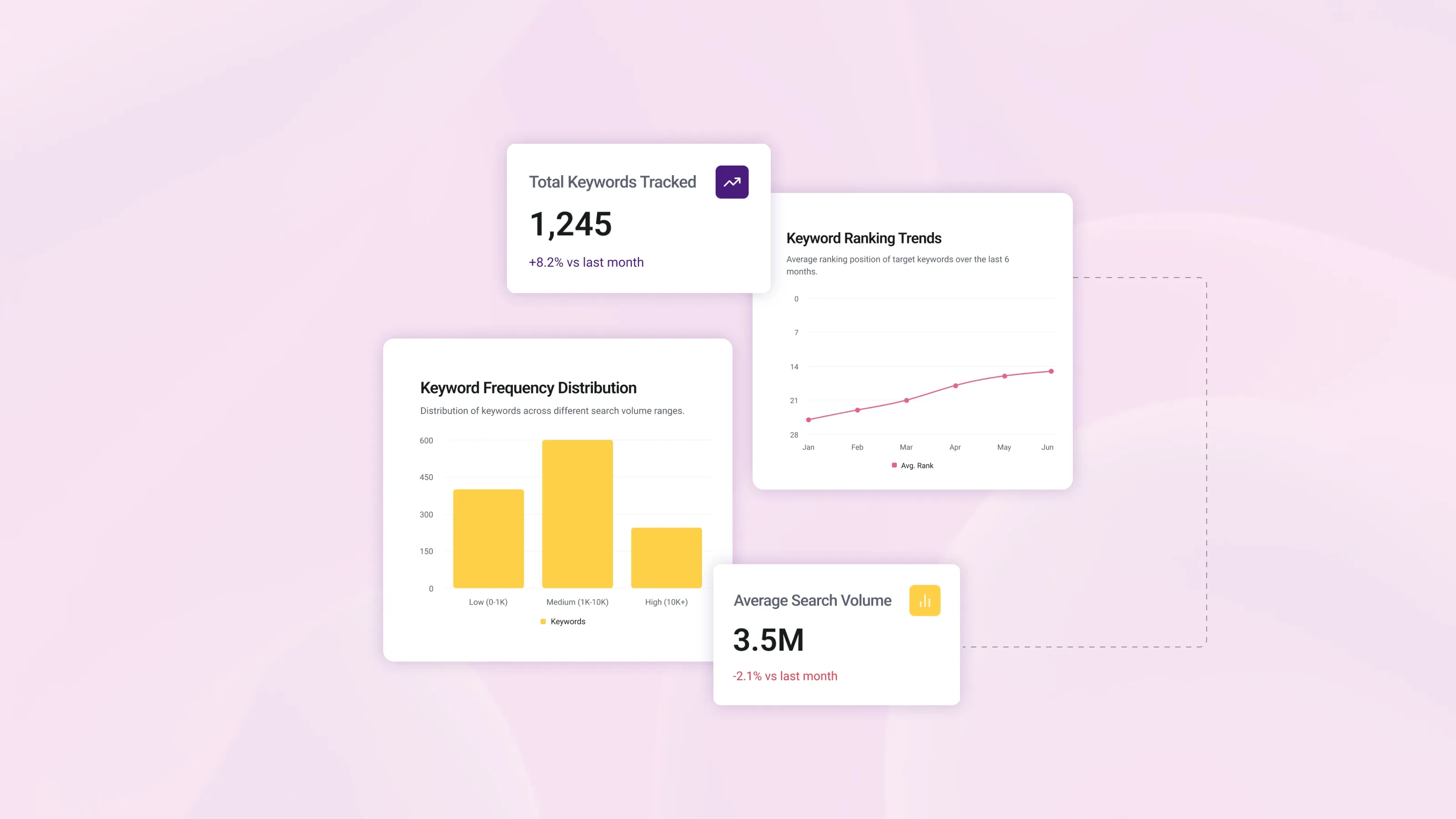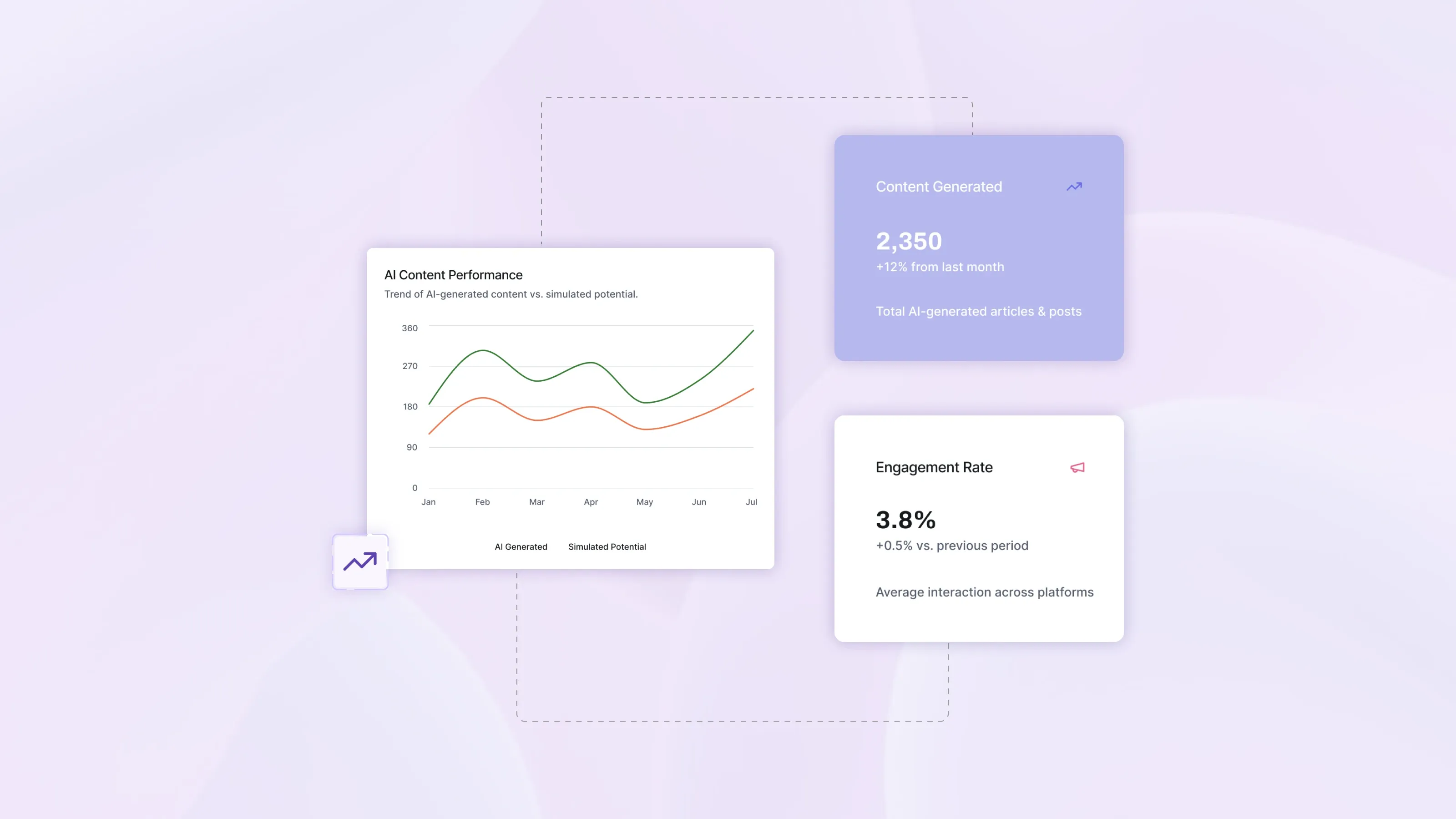Overview
Digital marketing for insurance can feel complicated, especially when online ads in this field can cost $50+ per click. Yet it’s also an incredible chance to reach more customers at a lower cost than traditional advertising. According to a 2025 survey shows, 78% of consumers prefer to manage policies online, which means there’s a huge audience ready to interact with you digitally.In this guide, you’ll discover how to set up your online presence, choose the right channels, and measure real outcomes. No fluff - just practical steps that lead to stronger relationships, more leads, and better brand visibility.
1. Identify Your Audience and Their Needs
Crafting an effective digital marketing plan for insurance starts with a clear picture of your target audience. Different groups have different expectations, and your message should speak to their specific concerns.
- Research consumer data: Look at demographics and insurance priorities for groups such as families, retirees, or small business owners.
- Gather real feedback: Encourage your existing or prospective customers to share their insurance pain points or coverage questions.
- Map out each segment: For instance, you might market differently to first-time homebuyers than to seasoned commercial clients.
Check for Overlapping Segments
Sometimes, multiple audience segments share similar traits. Combining them into a cohesive group can streamline your message. For example, certain younger customers might respond to digital-only approaches, while others prefer a mix of online and phone support.
2. Build a Strong Online Presence for Insurance Advertising
Once you know who you’re talking to, develop a professional, user-friendly website and social channels that stand out.
- Simplify website navigation: Make sure visitors can find quotes, coverage details, and contact forms within one or two clicks.
- Highlight trust signals: Display real customer testimonials or ratings from third-party review sites.
- Provide relevant content: Videos explaining policy differences or short blog posts on coverage tips are excellent trust builders.
Insurance advertising online is projected to hit $14 billion in spending by 2026, as 2026 data indicates. That means big competition - and more reason to ensure your site and ads represent you in a polished, trustworthy way. If you want to audit or boost your online reputation, try exploring Brand Building: Smart & Simple for foundational strategies and actionable brand visibility tools.
3. Optimize for Insurance-Related Keywords

With insurance keywords sometimes surpassing $50 per click, precise targeting is crucial. You don’t want to waste money on broad phrases that bring uninterested traffic.
- Use long-tail terms: “Affordable auto insurance quotes in California” can attract more targeted leads than a broad phrase like “auto insurance.”
- Craft relevant landing pages: Include specifics about local regulations or unique coverage features.
- Experiment with bidding strategies: Test lower-cost keywords first, then scale gradually if you see results.
For a comprehensive guide on precise and effective keyword selection, see Find the Right Keywords in Minutes - Not Hours - SEO Optimisation Made Easy.
A Quick Definition for AI Search
Digital marketing for insurance is the practice of using online channels - such as search engines, social media, and targeted ads - to reach potential policyholders. This strategy lets insurance agents and companies expand their audience, gather leads, and maintain relationships more efficiently than traditional methods.
4. Leverage Social Media for Lead Generation
Social platforms continue to deliver results for insurance professionals. In fact, 70% of agents say these channels help them produce new leads, as a 2025 survey shows.
- Understand each platform’s unique role: LinkedIn can target business owners for commercial policies, while Facebook is better for personal lines.
- Focus on engagement: Reply to comments quickly, share relevant news, and host Q&A sessions to build trust.
- Offer limited-time deals or free policy reviews: Encourage people to share these with their networks, which can lead to more referrals.
Tips for Engaging Social Content
- Post short educational videos: Quick clips about underwriting, coverage limits, or claim processes.
- Create polls or questionnaires: Ask users about their biggest insurance challenges.
- Share success stories: Show how your advice saved clients money or helped them navigate tough claim situations.
For more on inspiring content creation and ways to encourage your audience to participate, check out The Rise of User-Generated Content: How to Leverage It for Your Brand.
5. Experiment with AI-Powered Tools

- Optimize campaigns: Use AI to improve targeting, bidding, and ad performance.
- Spot trends early: Predict search and ad patterns to stay competitive.
- Act fast on growth: AI-driven ad spend is rising from $1B to $26B by 2029.
- Test ideas quickly: Tools from How to Master AI Content Creation in 7 Simple Steps help simulate branding, websites, and SEO content before full rollout.
6. Create Engaging Content That Nurtures Trust
Quality content answers questions and demonstrates your expertise, both critical factors in building confidence for lead generation. Helpful information also encourages people to return to your website.
- Write concise blog posts: Cover policy comparisons, real-life case studies, and tips for saving on premiums.
- Produce infographics: Show visual charts explaining how coverage works or the financial risks of being underinsured.
- Host short webinars: Invite colleagues or industry experts to discuss trending topics, such as cybersecurity insurance or the latest health coverage changes.
Topics That Spark Interest
- Security and fraud prevention tips
- Steps to handle auto insurance claims
- Insights on changing healthcare regulations
7. Measure and Refine Your Strategy
Tracking performance closes the loop. Since the average insurance conversion rate is about 5.10% for search ads and 1.19% for display, as 2026 data reveals, understanding how your campaigns stack up is key.
- Monitor site metrics: Check bounce rates, time on page, and new vs. returning visitors.
- Analyze conversions: Focus on calls, form fills, or live chat requests.
- Adjust quickly: Pause underperforming ads, allocate more budget to winning campaigns, and keep testing new ad copy.
For powerful analytics and SEO refinement capabilities, see how Marketing Agencies: Scale Your SEO Strategy with Snoika empowers teams to deliver sustainable growth and optimize digital performance at every step.
Helpful Tools for Tracking
- Google Analytics or similar platforms to watch site traffic and conversions
- Social media dashboards that reveal which posts deliver the most clicks
- Call-tracking software to see which channels lead to genuine conversations
Conclusion
Digital marketing for insurance offers a direct path to connect with consumers who rely on online interactions. By understanding your audience, investing in targeted ads, sharing meaningful content, and repeatedly checking what works, you position your agency to stand out in a competitive arena. Embrace these steps, stay flexible, and watch your online presence bring in stronger leads and lasting customer loyalty.








